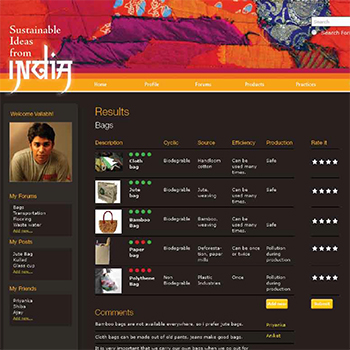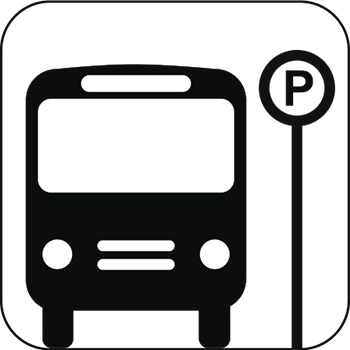In an ideal world, there is very little that needs to be told about where to go, because on arriv[1]ing at an unfamiliar destination, the next direction would be self-evident. Within the best architecture, finding ones way around should hopefully require minimal effort and, at least, minimal signage.1 This implies that design, which has a holistic approach and which is centred around the users takes care of most of the problems, including wayfinding. In a situation like Maharashtra State Road Transport Corporation (msrtc) popularly known asst, it is apparent that planners, architects and designers are not being consulted. The admin[1]istration seems to be ignorant to the fact that designed interventions prove to be efficient and economical in the long run. Msrtc is trying to update itself in a lot of areas by incorporating electronic tickets, computer[1]ised reservations, air-conditioned buses etc. It keeps on adding more and more buses to its fleet and it reaches out to citizens living in the remotest areas of Maharashtra. But, the problem in the current system is that it lacks functional foresight. The system starts loosing its integrity whenever there are additions and alterations. These changes should be anticipated in advance because they are natural, especially in an increasing population like ours which has increasing demands every day. To cater to these demands there are make-do arrangements and casual signages which are inefficient, as a consequence, chaos prevails at all times. Due to inadequate planning and casual methods, there are loopholes in the communica[1]tion system, due to which information is not understood and then there are further problems. Things become even more confusing during rush hours. Buses arrive and depart continuously and anxious people are seen pacing around all the time. The staff is overburdened due to the immense number of passengers who keep on inquiring at the counter. The regular passengers become immune to the system because of the routine, but they still deserve better service. Among all, the people who suffer the most are the novice, elderly, non-marathi speaking citi[1]zens, handicapped, illiterate, women etc children.





